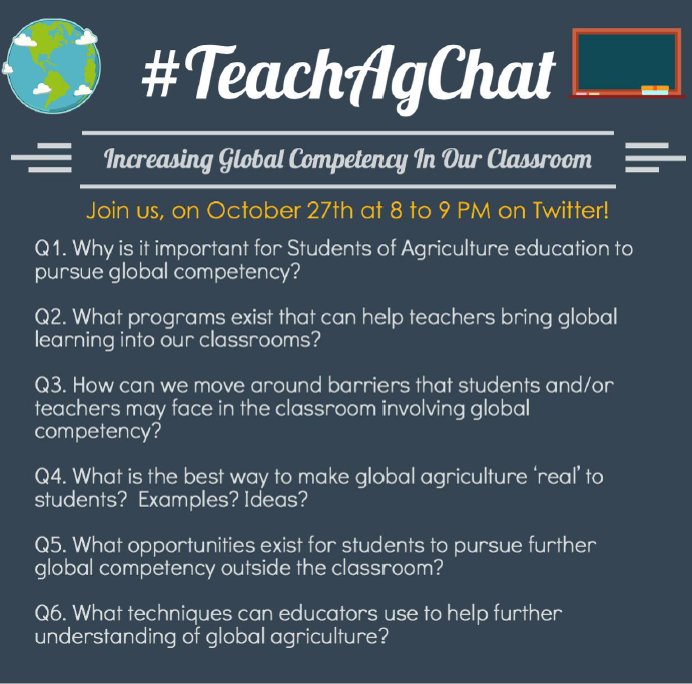First week of student teaching... here and gone!
The time has finally arrived where I can say that I am at Greenwood for good. I have made it to student teaching! And what a journey it has been to get here. Despite the fact that I have not started teaching yet, I feel affirmed that Greenwood is the best placement for me. There are so many excellent ag teachers and ag programs across the state, but little old Millerstown is where I belong.
That is not to say that this week wasn't met with some difficulties. I observed many challenges and saw first hand the collaboration of teachers in the school.
The roller coaster of week #1
Monday was Farm Show day! You can read more about that experience in my previous blog.
Tuesday was my first official observation day. Despite some of those first day jitters, I feel it went fairly smoothly.
Later that day, I was informed of a tragedy in the Greenwood School District. Out of respect to the privacy of the situation and those involved, I will simply say that I was able to observe the position the administration and teachers have in helping the students and the community deal with a tragedy. However, I wasn't able to see this fully play out until the week was over.
 Wednesday, the icy conditions meant school was cancelled, but that doesn't mean the ag teachers stop working! Mr. Clark had a meeting with the Farm Safety and Occupational Health Advisory Board on which he serves. This was in the morning at Farm Show, so I joined him for this. I had a glimpse of the many hats teachers wear in their community. Later that night, I returned to farm show with students and Mrs. Pontius this time. These students worked in the FFA Foundation Pizza Booth for a shift. I enjoyed using this time to get to know my students more and truly assume the advisor's role as I helped with the stand.
Wednesday, the icy conditions meant school was cancelled, but that doesn't mean the ag teachers stop working! Mr. Clark had a meeting with the Farm Safety and Occupational Health Advisory Board on which he serves. This was in the morning at Farm Show, so I joined him for this. I had a glimpse of the many hats teachers wear in their community. Later that night, I returned to farm show with students and Mrs. Pontius this time. These students worked in the FFA Foundation Pizza Booth for a shift. I enjoyed using this time to get to know my students more and truly assume the advisor's role as I helped with the stand.
Thursday and Friday were both similar to Tuesday in that I simply observed for these two days.
Overall this week went really well! I feel pretty comfortable with my students and my cooperating center. I am still extremely nervous to take over teaching next week, but I know once I start I will be just fine. And I know I have wonderful cooperating teachers who will be there every step of the way. I've been sitting comfortable so far, but I know I need to push myself to get over my fears and start teaching!
Next week, I will be taking on two classes: Plant Science and Small Gas Engines.
In Plant Science, I will be starting on my Prevention and Control of Agronomic Pests unit where we will be identifying insect pests, listing the anatomical features of insects, discussing beneficial insects, and identifying weed pests.
I will be picking up Small Gas Engines from the very beginning of the topic so I will be starting out with Safety and Tools identification unit. Students in this class have been in the shop all year, so I will be doing safety more specific to small engines rather than general safety components, and they have already begun discussing tools for other topics, so some will carry over into this unit.
In addition, Monday is an in-service day for teachers. Mrs. Pontius and Mr. Clark and I are taking advantage of an archery training session where we will walk away certified to instruct archery. Don't know if I'll ever use that training but certainly something to add to the résumé!
Keep an eye on my blogs to see how next week goes!
Leaving Thought
"Believe you can and you're halfway there" -- Theodore Roosevelt












